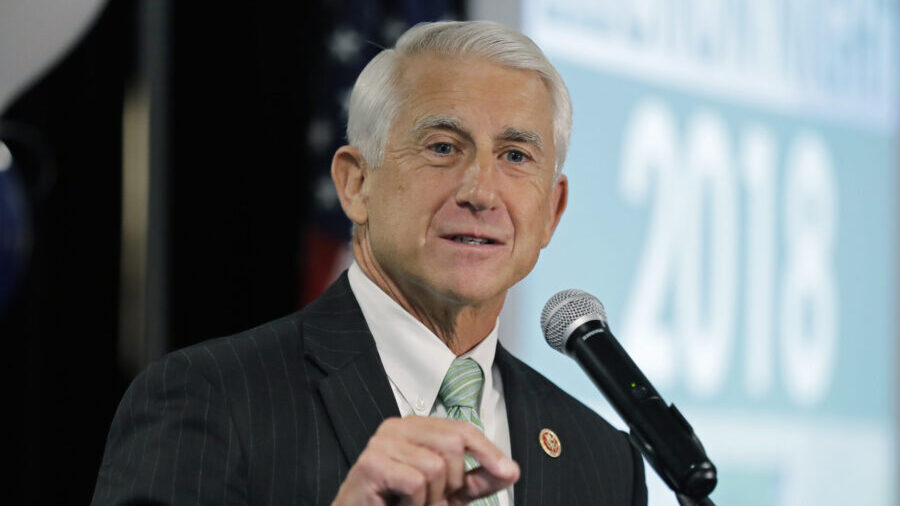Washington resignation rates among lowest in the country
May 17, 2023, 12:11 PM | Updated: 12:14 pm

Some Amazon workers returned to work three days a week earlier this month. (AP hoto/Mark Lennihan, File)
(AP hoto/Mark Lennihan, File)
Washington state has one of the lowest resignation rates in the country, according to a report by WalletHub.
The state ranked 42 out of 50 with a resignation rate of 2.35% over the past year. Louisiana was No. 1 with a rate of 3.52%.
Some experts have said “baby boomer” retirements have had an impact on the study, while others view remote work as a factor.
“Remote work has worked in two opposing ways,” Ernie Goss from Creighton University said. “First, remote work encouraged some workers that might otherwise leave the workforce to remain and work from home or other distant locations. On the other hand, the return-to-work movement in the second half of 2022 and 2023 has pushed some of the workers to reevaluate their commitment to remaining in the workforce, with a high share choosing to leave the workforce rather than returning to ‘in-office’ work.”
Washington tourism recovery slow compared to other states
Recently, many divisions of Amazon in Seattle have told their workers to return to work at least three days a week, leading to dissatisfaction among some rank-and-file. As a result, new job applicants have a lot of leverage.
The state’s resignation rate over the past month was 1.90%.
By comparison, Seattle area teachers resigned at a rate of 8.91% in 2022, the highest in the past 37 years. A recent report found the overall teacher turnover rate of 19.76% in 2022 is almost half a percentage point higher than the previous high covered by the data.
The incentives available from changing jobs, as well as a desire to get away from careers impacted most by COVID-19, are two big factors driving what’s been dubbed by some as the “Great Resignation.”
Study: Seattle is the No. 1 city in the US for single people
“The economic conditions today are unlikely to persist through the end of 2023,” Maurice Schweitzer, a professor from the University of Pennslyvania, said. “We are headed for disruption, and I expect a re-engagement in the labor force with many workers who are likely to see a more difficult economic environment by the fourth quarter of 2023.”













